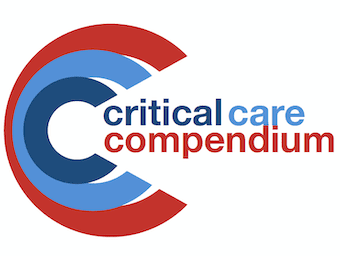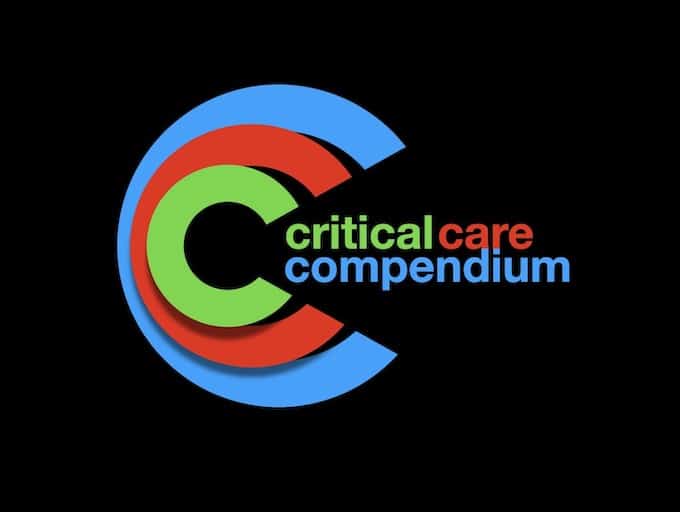
Monitoring in Subarachnoid Haemorrhage
Monitoring in the critically ill subarachnoid haemorrhage patient is primarily to detect vasospasm.

Monitoring in the critically ill subarachnoid haemorrhage patient is primarily to detect vasospasm.

Neurosurgery Literature Summaries

Causes of visual loss or blindness can be categorised by presence or absence of trauma, transient or persistent and monocular or binocular.

Different diagnosis of the causes associated with retinal haemorrhage

SAH Complications including Neurological deterioration; Seizures; Hyponatremia; Cardiac complications; Re-bleeding; Vasospasm

Subarachnoid Haemorrhage Grading Systems: GCS; Hunt and Hess; WFNS; Fisher; Claassen; Ogilvy and Carter

SAH ICU Management: Follows initial management of SAH; FASTS HUGS IN BED Please applies; certain aspects have particular relevance

SAH initial management includes: resuscitation; specific treatment; supportive care and monitoring; disposition

Subarachnoid Haemorrhage: Prognostication - some factors are modifiable; mortality rates currently ~35%; 15% die prior to reaching hospital; 8-20% long-term dependence

Subarachnoid Haemorrhage (SAH) potentially fatal bleeding into the subarachnoid space, usually due to a ruptured cerebral aneurysm

Vasospasm in SAH: vasospasm = dynamic narrowing of vessels due to a radiological diagnosis; delayed neurological deterioration (DND) is clinically detected neurological deterioration after stabilisation not due to re-bleeding, may be due to multiple other causes; delayed cerebral ischaemia (DCI) is any neurological deterioration >1 hour that presumed due to ischemia, and other causes excluded

Bacterial ventriculitis (BV) is inflammation of the ventricular drainage system, usually due to bacterial infection of the cerebrospinal fluid (CSF)